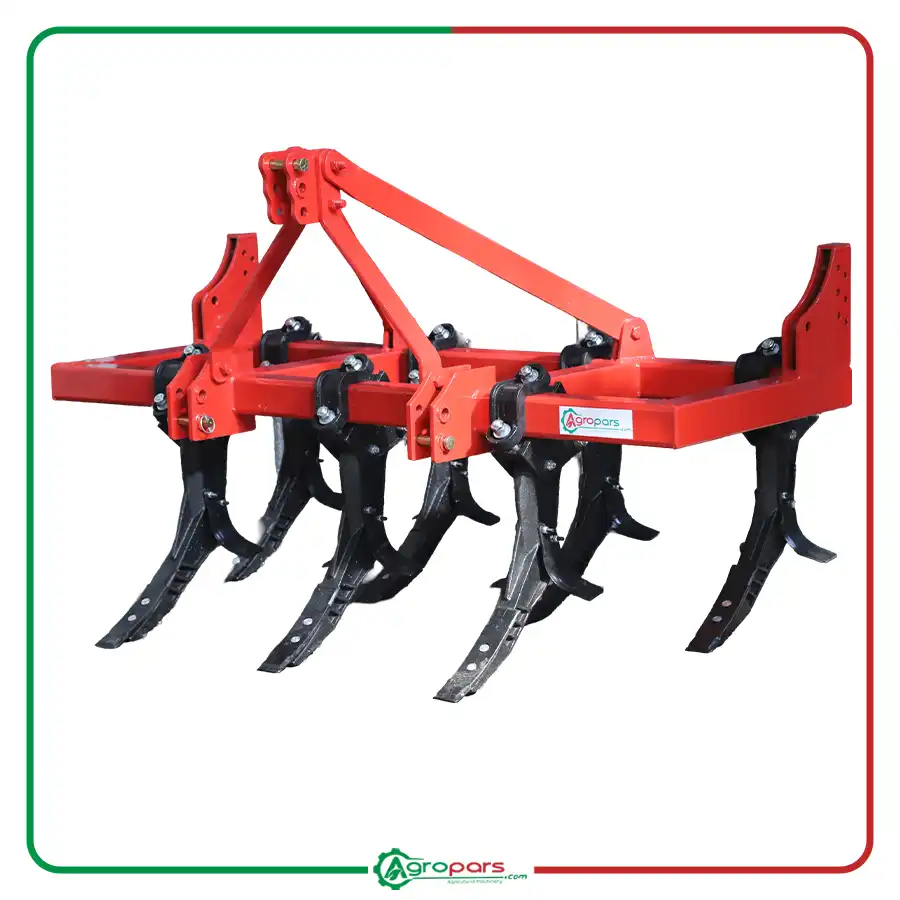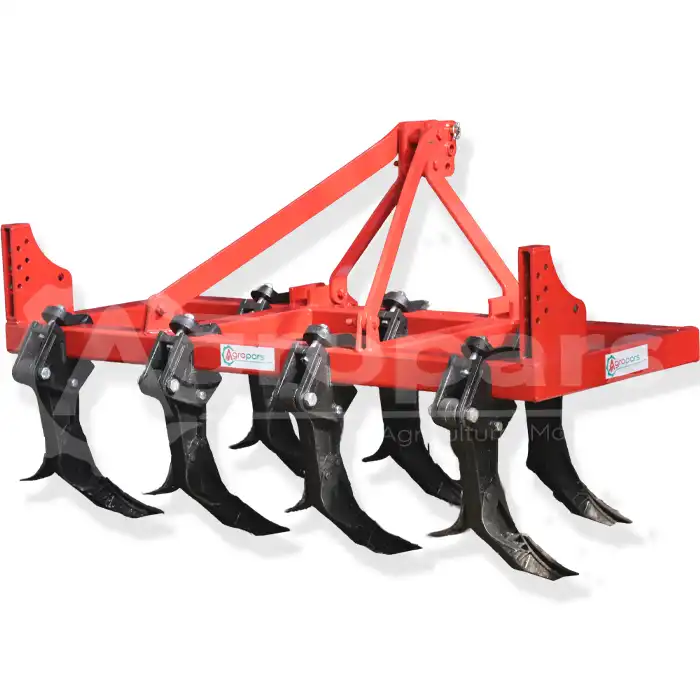An Effective Solution for Improved Agricultural Performance
Sandy and light soils , despite their advantages such as good drainage, also pose challenges for farmers. These soils typically have lower organic matter and nutrients, and due to their structure, they are prone to erosion and moisture loss. The use of appropriate tillage implements, such as a chisel, can help improve the characteristics of these soils and increase crop yields.

What is a Chelis and How Does it Work?
A chisel is a primary tillage implement used to break up hard soil layers and create grooves. Unlike a moldboard plow, it does not turn the soil over but helps water and air penetrate the soil by creating grooves and breaking up clods. Chisels usually have steel tines spaced at regular intervals. These tines, by penetrating the soil, break up hard layers and improve soil structure.
Benefits of Using a Chisel in Sandy and Light Soils
Using a chisel in sandy and light soils has several benefits, including:
- Increased water permeability: Sandy and light soils may become compacted due to their structure. A chisel helps improve water infiltration by breaking up hard soil layers.
- Improved soil aeration: Creating grooves in the soil improves its aeration and facilitates root growth.
- Reduced soil erosion: A chisel helps prevent soil erosion by maintaining crop residues on the soil surface.
- Increased soil organic matter: Using a chisel helps mix crop residues with the soil, increasing its organic matter.
- Reduced fuel consumption: A chisel requires less force to pull than a moldboard plow, thus reducing fuel consumption.
- Retaining soil moisture: By creating grooves and maintaining crop residues, moisture evaporation from the soil surface is reduced.
Important Considerations When Using a Chisel in Sandy and Light Soils
To benefit from the advantages of a chisel in sandy and light soils, it is essential to follow these guidelines:
- Choose the right chisel: Select the appropriate chisel based on soil type and desired depth.
- Adjust working depth: Adjust the working depth of the chisel to break up hard soil layers without over-turning the soil.
- Maintain tine spacing: Adjust the spacing between chisel tines to cover the entire soil surface.
- Appropriate tillage time: The best time to use a chisel is when the soil is relatively dry.
- Consider crop residues: Preserve as much crop residue as possible on the soil surface.

Conclusion
A chisel is an effective tillage implement for improving the characteristics of sandy and light soils. Proper use of this implement can help increase water permeability, improve soil aeration, reduce erosion, increase organic matter, and retain soil moisture. By following the guidelines mentioned, the benefits of using a chisel in sandy and light soils can be realized, and crop yields can be improved.





